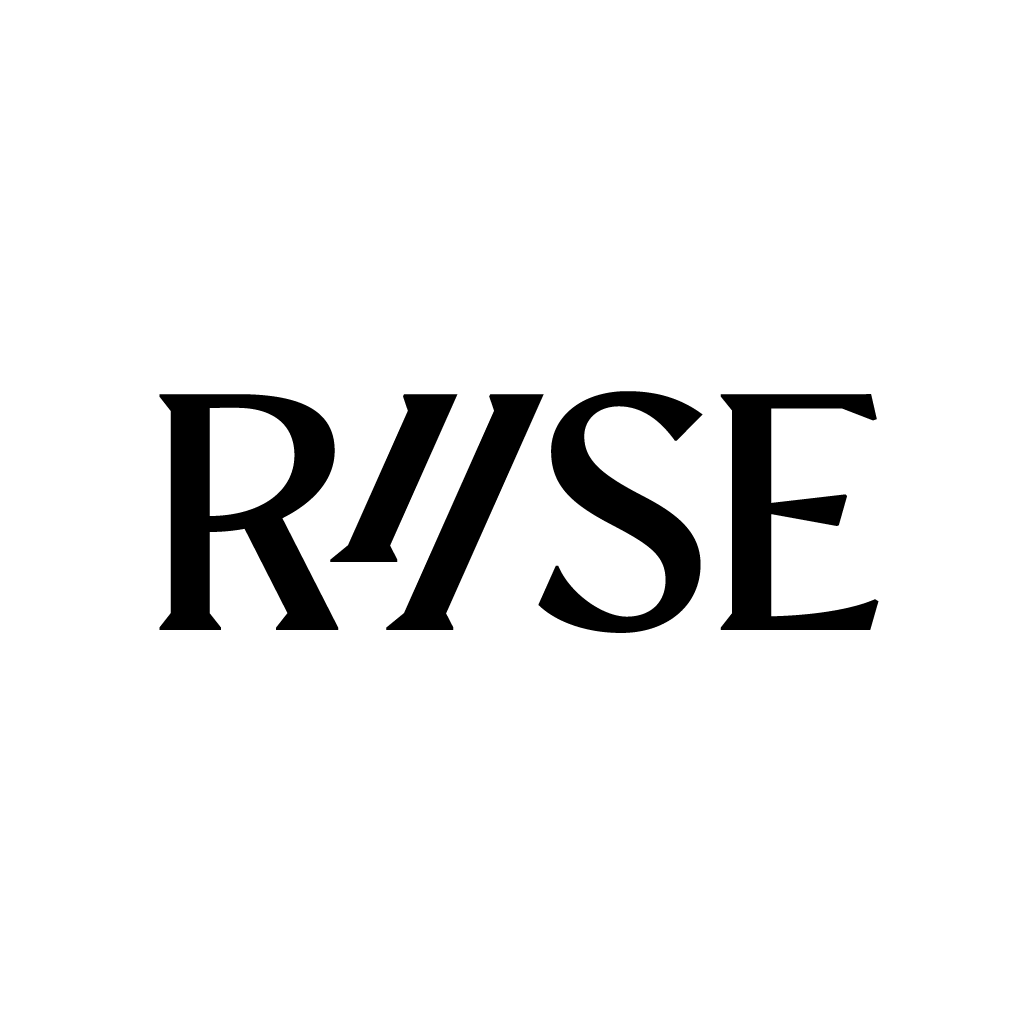-
-
-
-
-
-
-
-
-
Currency
fashion
Brie Leon’s Janine Zafra on How Creating Responsibly Makes For a More Exciting Design Process


Sydney-based accessories brand Brie Leon has developed a loyal following for its vintage-inspired vegan handbags and minimal jewellery designs.
Founder and creative director Janine Zafra currently resides in the inner west with her partner, son and mini schnauzer. A born-and-bred Sydneysider, she has always looked to the grit, glamour and diversity of her own city for inspiration. “Sydney has changed drastically over the years and I’ve seen many iterations of its various cultures in the ‘90s and noughties. There was a rugged edge to different suburbs [back then] that still exists, if you know where to look. It was this fascination that led me to fashion and design. What started with a love of one-off pieces and unique finds from yesterday naturally grew into a desire to create, so Brie Leon had very humble beginnings.”
Stemming from a lifelong adoration of secondhand clothing and bygone accessories, Brie Leon began as a vintage brand. Janine would spend countless hours trawling flea markets for unique finds that she could repurpose into more contemporary pieces. She would upcycle old beads from necklaces and brooches into ‘new’ styles, eventually building out a complete in-house jewellery collection, which then seamlessly evolved into handbags.
“Accessories as a category is where our heart lies, and I don’t see us ever straying from those finishing touches on an outfit. My goal has always been to create pieces that can be worn again and again in any number of combinations,” she says. “I want to mine the feeling of finding a perfect wardrobe addition, where you foster a connection to that piece over the course of your lifetime.”
While the brand and its aesthetic has naturally shifted since its launch in 2016, its dedication to sustainability remains steadfast. “It goes beyond a physical product for us. Opting for low-impact textiles is just the start, and we’re mindful of how one bag is the sum of so many sets of hands, minds and environmental factors,” Janine explains. Rather than seeing sustainability as a burden, Janine and her team view it as an opportunity. “Creating responsibly makes for a more exciting design process. Instead of looking at the most convenient options and calling it a day, we get to innovate and explore new textiles and discover independent production studios.”
It’s this optimistic attitude and unconventional approach that has led Brie Leon to become a champion of bio-materials. Many of the label’s current designs use apple or corn leather, both of which use organic waste to reduce the brand’s reliance on recycled PU. “From conception to creation, we’re always looking at a better way of doing things. This could involve developing new packaging options or exploring other ways to repurpose waste. It might add a few steps to the normal design process, but it’s a non-negotiable at the end of the day,” she says.
Two of Brie Leon’s core brand values are curiosity and knowledge, pillars that shine through when Janine talks passionately about sustainability. “From where I stand, the sustainable fashion movement can only evolve as much as we’re willing to learn and grow with it. We know so much more today than we did last week, than we did ten years ago, and staying adaptable and open to new information will only serve us well. The way we think and speak about what we wear is what drives sustainable fashion, and this will become more of a focus as we learn and grow.”
The brand's commitment to sustainability actually begins during the initial sketch. “The idea of creating for everyday use is a cornerstone of Brie Leon. We want to ensure we’re ticking all the boxes and creating a bag that will stay in your rotation indefinitely,” Janine explains.
There’s a strong focus on reducing waste during the sampling process – a phase of production that can often slip through the cracks when it comes to environmental impact. The initial design of each handbag is considered through the lens of how it translates into everyday use – how it functions, styles or sits against different bodies – and is perfected as much as possible to keep sampling to a strict minimum. Brie Leon are also in the process of building a circularity program to keep existing materials in circulation.
“To me, sustainability isn’t a matter of simply offsetting our impact, it takes genuine action to keep our footprint as minimal as possible,” Janine tells RIISE. “I’m lucky to have a team who all share this mindset. We all know there’s a bigger picture to consider, and we can’t ethically afford to compromise the comfort or safety of people and the planet in the name of fashion.”

ABOUT US
CUSTOMER CARE
EDITORIAL & RIISE PRODUCTIONS
© 2025 RIISE, All Rights Reservedjoin riise's mailing list for 15% off your first order.Availability










